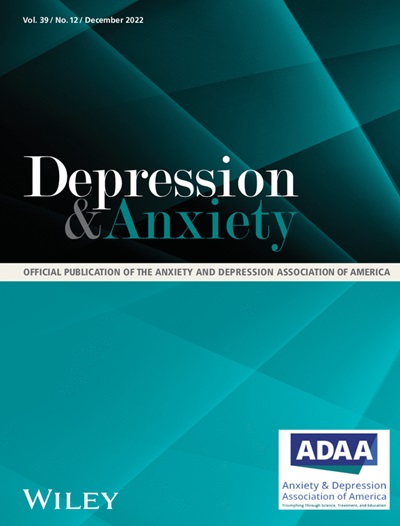Aerobic Exercise Improves the Overall Outcome of Type 2 Diabetes Mellitus Among People With Mental Disorders
Abstract
The escalating global prevalence of type 2 diabetes mellitus (T2DM) and mental disorder (MD) including schizophrenia, bipolar disorder, major depressive disorder, and anxiety highlights the urgency for comprehensive therapeutic strategies. Aerobic exercise (AE) is a viable adjunct therapy, providing significant benefits for individuals dealing with both T2DM and MD. This review consolidates evidence on AE’s role in alleviating the physiological and psychological effects of these comorbid conditions. It delves into the pathophysiological connections between T2DM and various MD, including depression, schizophrenia, anxiety, and bipolar disorder—emphasizing their reciprocal exacerbation. Key neurophysiological mechanisms through which AE confers benefits are explored, including neuroinflammation modulation, brain structure and neuroplasticity enhancement, growth factor expression regulation, and hypothalamic–pituitary–adrenal (HPA)/microbiota–gut–brain (MGB) axis normalization. Clinical results indicate that AE significantly improves both metabolic and psychological parameters in patients with T2DM and MD, providing a substantial argument for integrating AE into comprehensive treatment plans. Future research should aim to establish detailed, personalized exercise prescriptions and explore the long-term benefits of AE in this population. This review underscores the potential of AE to complement existing therapeutic modalities and enhance the management of patients with T2DM and MD.


 求助内容:
求助内容: 应助结果提醒方式:
应助结果提醒方式:


